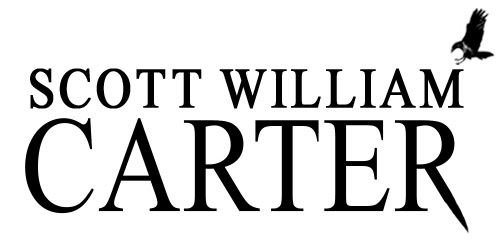This survey over at Book Riot is not at all scientific, but it does match what I’ve been hearing from lots of people. In the digital age, our “to be read” piles are growing at an exponential rate:
In our latest TBR poll, we got nosy and asked you to reveal how many books are on your TBR. The first thing that became clear is that everyone has their own definition of TBR. We didn’t want to lock you down or limit you, so we just asked for your number and where you keep your TBR, whatever TBR happens to mean to you. As usual, we’ve broken down the numbers, and we’ll leave most of the interpretation up to you.
Which raises the additional point: Getting someone to buy your book is only a writer’s first hurdle, especially today, with an explosion of available books. Getting them to actually read the book — that’s the next challenge. My own Kindle has at least a hundred books on it waiting to be read, and that’s to say nothing of the print books weighing down my nightstand or my desk. I doubt I’ll ever get to all of them. It’s also why the initial sales results that writers get using promotional tools like Bookbub.com, while nice if they fatten your bank account, aren’t as significant as the sales that follow in the days, weeks, and months to come — at least if you’re interested in gaining readers, not just buyers. And that is more about the writing itself then your snappy cover or your catchy blurb, which, while difficult to do right all by themselves, and necessary now just to get a book to the starting line, are very easy when compared to offering your reader a story so engaging they not only read the book immediately, they come back for more.
It’s something I’ve been thinking quite a bit about lately. Why do I buy a book and read it now when I’ve already bought books that are gathering dust on my bookshelf (with ebooks, metaphorically speaking)? What makes me read this book but not that one? Certainly if I pay more for a book, I’m more likely to read it, but not always. I’ve bought books for 99 cents that I read right away. I’ve paid full price for books at Barnes and Noble that are still waiting to be read, years later.
